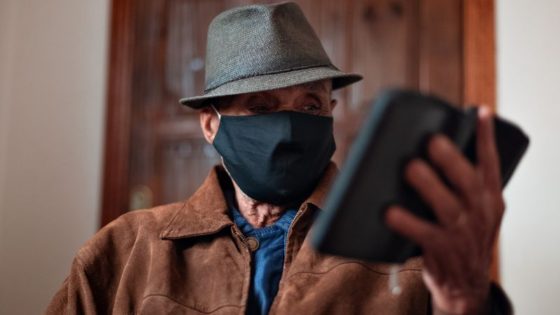by Joseph Casciani
Inventions meet an existing, and usually growing need. Panasonic now makes a robotic bed that is easily converted into a wheelchair. Sony is expanding its work with robotic animals that are used to interact with and provide stimulation for older adults. Paro, developed by Intelligent Systems Research, is one of the most popular robots. Resembling a baby seal, Paro reacts to touch, sound, and light, making its head move, eyes blink, and emits the cry of a baby seal. True, these are only machines and can never replace the live, caring human spirit on the caregiving end. But, just as robotics have proven to be technological breakthroughs in all industries, from manufacturing to surgery, maybe we need to make room for machine-assisted care of older adults.
In Japan, the population is shrinking but the population is aging quickly. The population of 65 and over is a quarter of the general population, compared to 16% of the 65+ group in the U.S. This partly explains why Japan is leading in the development of robotics for use in health care, as well as a greater acceptance of robotics in the overall culture of Japan. Nonetheless, the combination of the growing numbers of the elderly in the U.S. as well as most other advanced nations, coupled with the shrinking labor pool and workers’ disinterest in low-paying work that also takes its toll on the body, means that fixes are needed.
Cyberdyne is a Japanese technology company founded in 2004. It has developed a lumbar device that can help the health care worker increase his or her strength and mobility. The device, worn on arms or legs, sends signals from the brain to the muscles, thereby enhancing the intended lift of a heavy person, or re-positioning of a patient. This company also has what is called a “cyborg suit” with robot-like, assistive limbs (see picture here). In one case, the suit has been shown to enable a stroke patient with left leg paralysis to walk normally after two months of treatment. And now, Cyberdyne has partnered with Brooks Rehabilitation Medical Group in Jacksonville, Florida to work with patients with spinal cord injuries, treatment now approved by the Food and Drug Administration.
These are fascinating developments and are probably only the tip of the iceberg when exploring the available resources and potential assistive benefit from robotics in the care for the elderly. Readers may be interested in an upcoming episode on the Living to 100 Radio Show, when the guest will be Dr. Geoff Lane, who has developed a specialty in gerontechnology – the application of technological innovations that improve the health and well being of older adults. Join us on Friday, August 30, 2:00 PM Pacific for the live episode on VoiceAmerica Health and Wellness channel.
POSTSCRIPT
The Living to 100 Club, LLC, is an Amazon Affiliate; sales commissions accrue to the Company when recommended Amazon products are purchased by our readers. These products target healthy lifestyles, information on successful aging, and aid to caregivers.
THIS WEEK’S RECOMMENDATIONS
Non-robotic Plush Baby Harp Seal

Using Technology to Improve Care to Older Adults

Gerontechnology: Research, Practice, and Principles

All-robotic Reclining Tuxedo Cat





